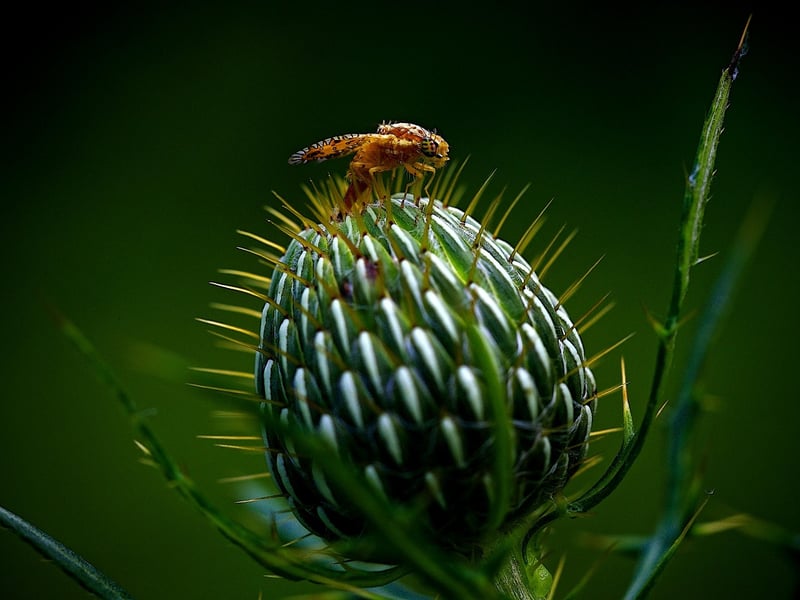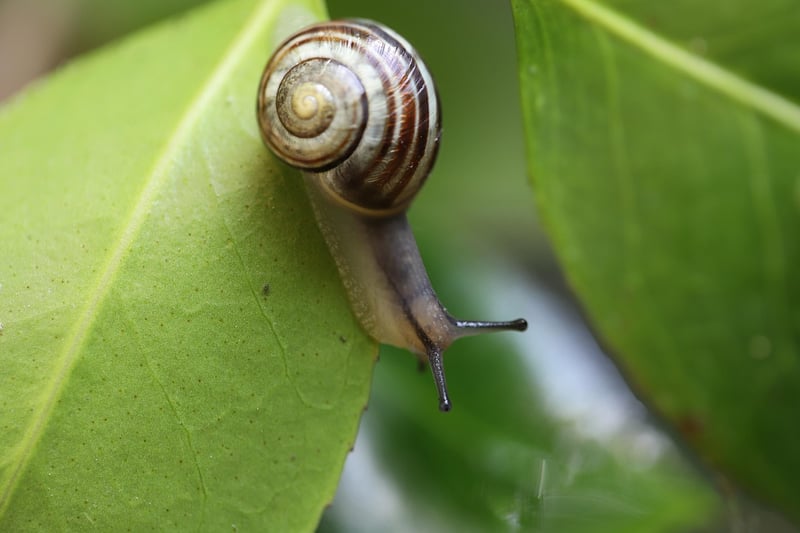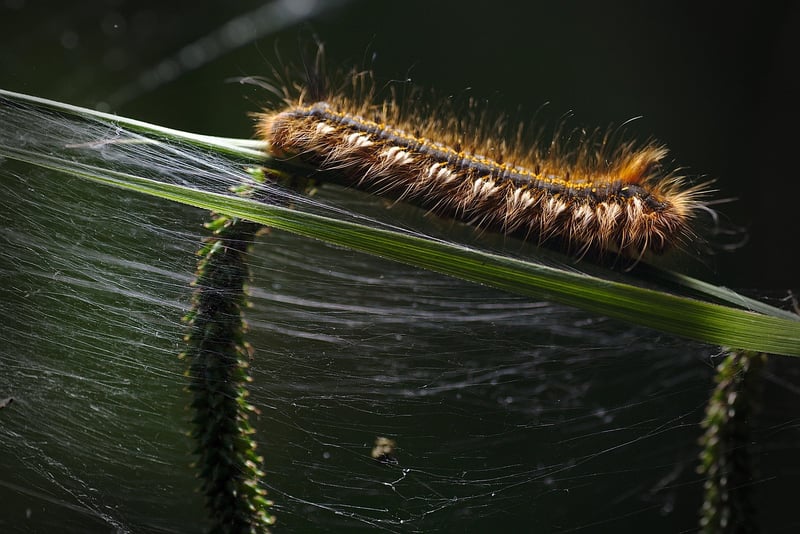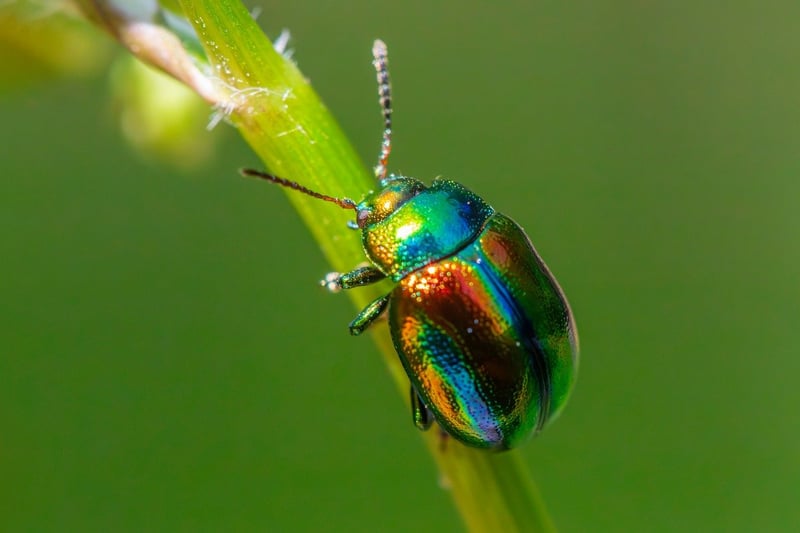Identifying Pests
Protecting Your Garden from Common Pests and Diseases + Identifying Pests
Introduction
Welcome to our guide on protecting your garden from common pests and diseases. A beautiful garden requires care and attention, and part of that care involves keeping pests and diseases at bay. By learning how to identify common garden pests, you can take proactive steps to protect your plants and ensure a thriving garden.
Identifying Common Garden Pests
Before you can effectively protect your garden from pests, you need to be able to identify them. Here are some common garden pests you may encounter:
Aphids
Aphids are tiny insects that feed on plant sap, causing leaves to curl and distort. They can multiply rapidly, so early detection is key.

Slugs and Snails
These slimy creatures can wreak havoc on your garden by munching on leaves and young seedlings. Look for slime trails to identify their presence.

Caterpillars
Caterpillars can quickly strip plants of their leaves, causing significant damage. Keep an eye out for chewed leaves and frass (droppings).

Protecting Your Garden
Now that you can identify some common pests, let's explore ways to protect your garden:
Natural Predators
Encourage natural predators like ladybugs and birds that feed on garden pests. Planting diverse flowers can attract these beneficial insects.
Companion Planting
Some plants can repel pests or attract beneficial insects. Consider planting marigolds, lavender, or mint to help protect your garden.
Organic Sprays
Use organic sprays like neem oil or insecticidal soap to control pest populations without harming beneficial insects or the environment.
Regular Inspections
Check your plants regularly for signs of pests or diseases. Early detection can help prevent widespread infestations.
Conclusion
Protecting your garden from common pests and diseases is essential for maintaining a healthy and vibrant outdoor space. By learning to identify pests and implementing proactive measures, you can enjoy a thriving garden all season long.
